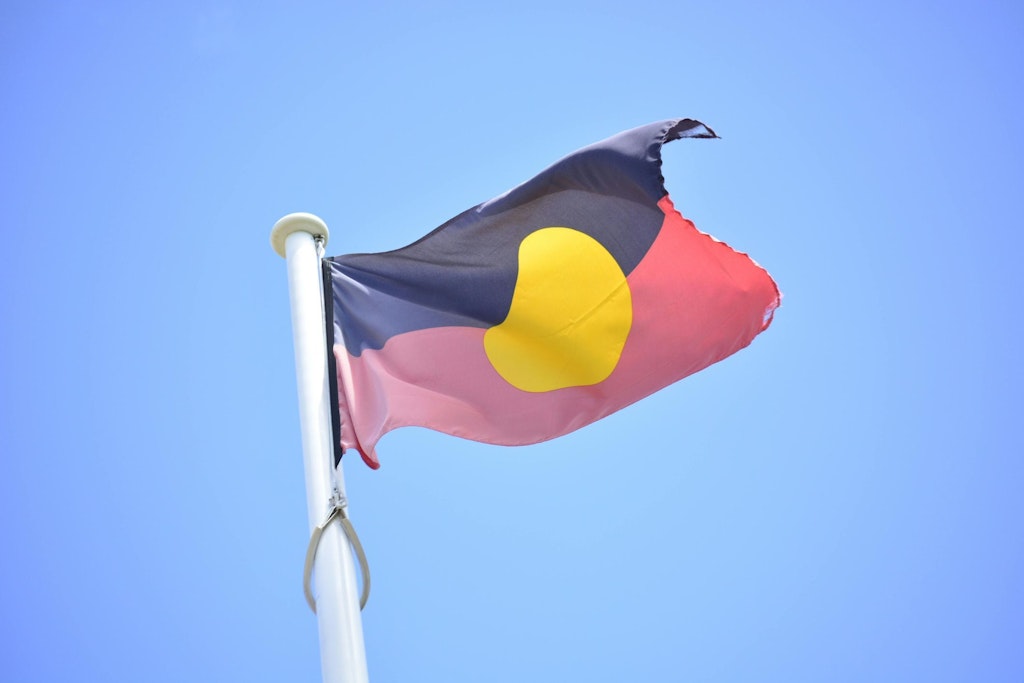The New Aged Care Act’s Statement of Rights: Implications for First Nations Care
Last updated on 2 September 2025

For Aboriginal and Torres Strait Islander people aged 50 and over, the New Aged Care Act introduces some changes aimed at improving access and cultural appropriateness of aged care services.
1. Statement of Rights
The Act includes a Statement of Rights, applicable to all aged care recipients, including Aboriginal and Torres Strait Islander Elders. It outlines rights to make decisions, have choices respected, access information, communicate preferences, and have culture and identity respected.
For Indigenous Elders, this means providers must deliver care that supports connection to community and Country. However, the effectiveness of these rights depends on providers’ ability to implement culturally safe practices, which has been inconsistent in mainstream services, with reports of limited cultural activities like NAIDOC Week participation.
2. Culturally safe care requirements
The Act mandates culturally safe, trauma-aware, and healing-informed care for Aboriginal and Torres Strait Islander people. This responds to the high prevalence of chronic conditions (e.g., diabetes rates over twice as high and dementia three to four times higher than non-Indigenous populations) and historical trauma from colonisation and the Stolen Generations.
Providers must integrate cultural practices, such as access to traditional foods or community involvement, into care plans. Yet, the lack of cultural competency training among mainstream providers, with only 52% of eligible Indigenous Australians accessing approved services between 2017–2019, suggests implementation challenges.
3. Aboriginal and Torres Strait Islander Assessment Organisations
From August 2025, Aboriginal and Torres Strait Islander Aged Care Assessment Organisations will be introduced in a phased rollout to provide culturally appropriate assessments.
These aim to address barriers like mistrust and language issues, which contribute to lower service uptake among Indigenous Elders (15% avoid services due to past discrimination). However, the limited number of these organisations, especially in remote areas where 15.4% of Indigenous Australians live, may restrict access until the rollout expands.
4. Continuation of NATSIFAC Program
The National Aboriginal and Torres Strait Islander Flexible Aged Care (NATSIFAC) Program, focused on rural and remote areas, will continue to provide flexible, culturally tailored services under the Act.
It supports ageing on Country, a priority for 64% of older Indigenous Australians who used home care services as of 30 June 2020. The Act regulates NATSIFAC providers to ensure cultural respect, but funding and workforce shortages in remote areas, where infrastructure is limited, may hinder consistent delivery.
5. Funding adjustments
The Act is supported by $2.9 billion in the 2025–26 Budget, including $60.3 million for Indigenous assessment organisations and $48.7 million for implementation, such as the Single Assessment System.
Fees will be means-tested to avoid financial strain, but details on fee structures remain unclear. While increased funding aims to improve access, historical underfunding – iIndigenous health expenditure rose only 38% from 2010–11 to 2019–20 despite higher needs – suggests gaps may persist, particularly in remote communities.
6. Strengthened complaints mechanisms
The Act establishes a Complaints Commissioner within the Aged Care Quality and Safety Commission to address concerns about poor-quality care. Indigenous Elders, their families, or Elder Care Support workers can raise issues, with the Commission able to intervene if services pose risks.
The Older Persons Advocacy Network (OPAN) offers free support for complaints. However, the effectiveness of these mechanisms depends on awareness and accessibility, especially for remote communities with limited digital or phone access.
7. Community consultation process
The Act was informed by consultations with Indigenous stakeholders, including the National Aboriginal Community Controlled Health Organisation (NACCHO), the First Nations Aged Care Governance Group, and the Interim First Nations Aged Care Commissioner.
These engagements aim to align the Act with community needs, but ongoing consultation will be needed to address implementation gaps, particularly in areas with high Indigenous populations (e.g., 47.1% of very remote populations).
8. Addressing access barriers
Indigenous Australians face unique barriers, including remoteness, socioeconomic disadvantage, and discrimination (31% of those aged 45+ report unfair treatment).
The Act’s focus on culturally safe assessments and home-based care aligns with the preference for community-based services, but geographic challenges and mistrust from historical experiences may limit uptake without sustained outreach and education.
9. Workforce and training needs
The Act supports expanding the Indigenous-led workforce, including Elder Care Support workers and Aboriginal Community Controlled Organisations (ACCOs). However, workforce shortages and limited cultural training in mainstream services remain barriers.
With 20% of the Indigenous population projected to be aged 50 or over by 2031, significant investment in training and recruitment is needed to meet demand.
10. Transition and implementation challenges
The Act’s phased implementation, starting with assessments in August 2025 and full rollout by November 2025, aims to support a smooth transition for NATSIFAC clients. However, the Royal Commission noted systemic issues like inflexibility and under-resourcing, which could undermine reforms if not addressed. Providers must navigate a complex system to deliver consistent, culturally safe care, particularly in remote areas with limited infrastructure.
Will it translate to better care?
The new Aged Care Act introduces measures to address the unique needs of Aboriginal and Torres Strait Islander Elders, such as cultural safety and Indigenous-led assessments. However, its success hinges on overcoming entrenched barriers like workforce shortages, funding limitations, and cultural insensitivity in mainstream services.
While the Act aligns with the 2025–2035 Aboriginal and Torres Strait Islander Aged Care Framework, historical underutilisation of services and ongoing inequities suggest cautious optimism. Robust monitoring by the Aged Care Quality and Safety Commission and sustained community partnership will be essential to ensure accountability and equity.